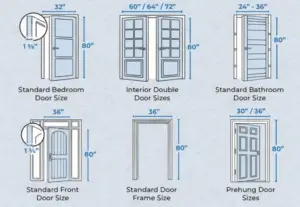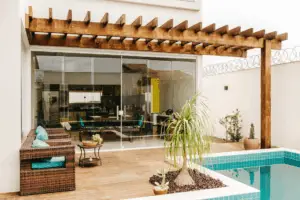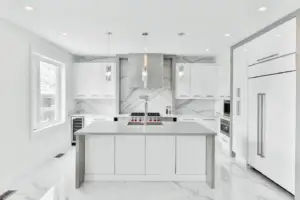By George House/14,Aug,2025
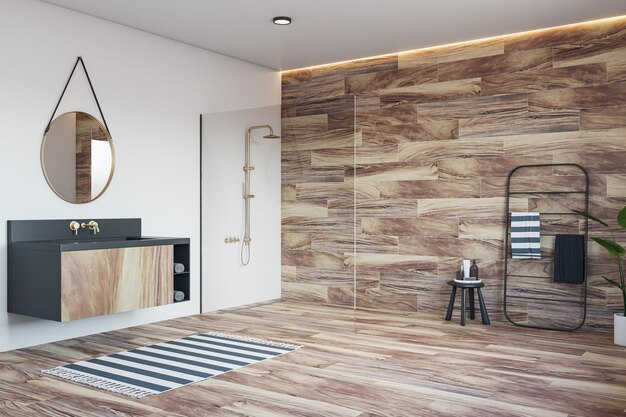
Wood-look tile mimics the natural appearance of hardwood and has become increasingly popular in modern homes in recent years. As a matter of fact, many homeowners have bought the idea of these tiles at the expense of hardwood.
Their reasons are plausible. If we consider the ultimate elimination of the hardwood’s visual and structural shortcomings. Such as wear and tear, degradation by moisture, and temperature fluctuation.
The general perception of wood-like tile does not stop there. Wood look tile’s incursion into the residential and commercial settings also underscores homeowners’ preference for tile designs. That evoke natural materials, organic texture, and large format layout.
So, are you ready to get the full context of the evolution, key features, advantages and disadvantages of wood-like tiles? This article gives you an in-depth overview of everything you need to know about it.
Evolution of Wood-Look Tile
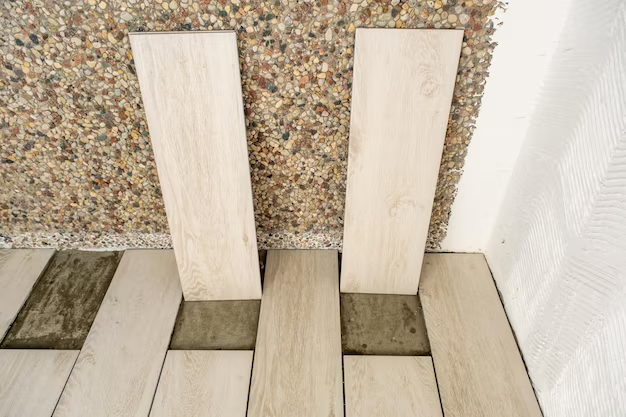
Wood look tile has been around in the housing material market as far back as the early 20th century. But its early success was cut short with a series of imperfections and breakdowns that engulfed the first productions.
During this period, the only way to get a wood pattern was by the use of rotary screen printing. Which only gives a low quality resolution of the wood grains. In addition to the visual shortcoming for wood look tiles, there was also the issue of surface texture because only a glossy finish was available during this period.
Fast forward to the 2000s, which marked the culmination of the technological age and advancement. This technological advancement birthed the high-definition printing machine and glazing technologies. That allow manufacturers like George Group to design and manufacture hyper-realistic wood grain visuals, color veining, natural knitting, and various ink patterns on the tiles that look like wood.
Things also get even better for tiles when further innovation also enhances its realism and broadens the scope of style preferences and formats. This reality also improves the design for a broader range of sizes, from the restrictive 6 by 24 inches to larger tile sizes of 8 by 48 up to 10 by 72 inches.
To reflect these features, manufacturer George Group offers wood-look tiles of all sizes, a testament to these advancements.
Reasons Wood-Look Tile Outshines Other Alternatives
Among the plethora of choices home owners make, choosing between wood look tiles and other alternatives like luxury vinyl plank and stone look tiles is one that baffles many. The reasons for this superiority can be accessed below.
1. Luxury Vinyl Plank Vs Wood Look Tile
Luxury vinyl plank is one of the emerging alternatives to wood-look tiles over the years. This is also a wood product that looks like hardwood. It has become a fan favorite among families that want the feeling of warmth and charming look of real wood on the floor.
Luxury vinyl planks are mostly manufactured with composite materials and are mostly applicable for use in areas of low or medium volume foot traffic. Despite the seamless adoption of luxury vinyl plank by homeowners. It falls short of porcelain wood look tile in important areas of the home, such as walk-in showers, walkways, kitchens, outdoor patios, and others. The reason for that is that luxury vinyl patios are not built to withstand thermal instability and scratches that are often common in these areas.
2. Natural stone and Stone Look Tiles
One other most commonly used alternative to porcelain wood look tiles is some natural stones or stone look tiles that are made with materials like limestone, marble and travertine. This innovative flooring option is highly sophisticated and beautiful because no two natural stones are the same.
So these variations offer some level of uniqueness that has made it a staple in luxury modern homes and also rustic homes. In addition to that, natural stone and stone-look tiles also absorb water and can never be stained or scratched, regardless of their use.
However, despite these impressive possibilities, natural stone, when compared to wood look tiles, is too expensive and requires an extensive installation process with regular sealing to prevent moisture from entering.
What are the benefits of Wood-Look Tile?
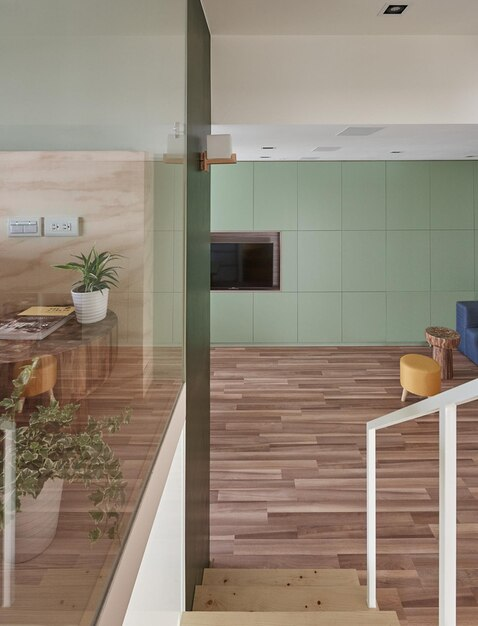
Beyond the apparent practicality, Wood look tiles have become an emblem of visual appeal, friendliness, and durability. These are the obvious benefits that have enticed many homeowners. Who have used them in a wide range of spaces and lifestyles. The following are the benefits of wood-look tiles.
1. They have a long lifespan
One of the most interesting benefits of wood-look tile is its ability to withstand rigorous use and wear without showing signs of wear and tear. This is a testament to its usage in areas that are exposed to sunlight, such as outdoor patios. And also places like kitchens, walkways, and living rooms that are susceptible to moisture. The reason for their durability, most especially porcelain wood look tile, is often attached to their UV and moisture-resistant properties.
2. Requires low maintenance
Unlike hard wood that might require treatment and expensive routine maintenance, wood-look porcelain or ceramic tiles are built to withstand the rigors of usage. It is manufactured so that it doesn’t absorb spills or stains. So they often require very little maintenance with your home broom or just a mop for weekly cleaning.
3. Works in high-moisture areas (bathrooms, kitchens, basements)
Ceramic wood-look tiles are the best choice for high-moisture areas in your home. This is one of the most advisable tile materials you can use for your wall and decorative application. Because they align seamlessly with the vertical dimension for surfaces like kitchen backsplash, basement, and shower wall. All these places have one thing in common, which is their susceptibility to moisture and are quite humid.
4. Design flexibility with various patterns and finishes
With the birth of advanced manufacturing techniques, wood-look tiles made of ceramic or porcelain materials offer a wide variety of design formats that suit your design needs. Regardless of the type of wood appearance you want, including oak, maple, teak, and walnut, all are readily available.
5. Cost effective
As a homeowner who works around a set budget, rest assured that ceramic or porcelain wood look tiles offer a budget-friendly alternative to traditional flooring materials. With an average of $2 to $10 per square meter and a $5 to $12 installation cost, you can get your entire house’s flooring done with the help of our George Group team.
Tips for Choosing the Right Wood-Look Tiles
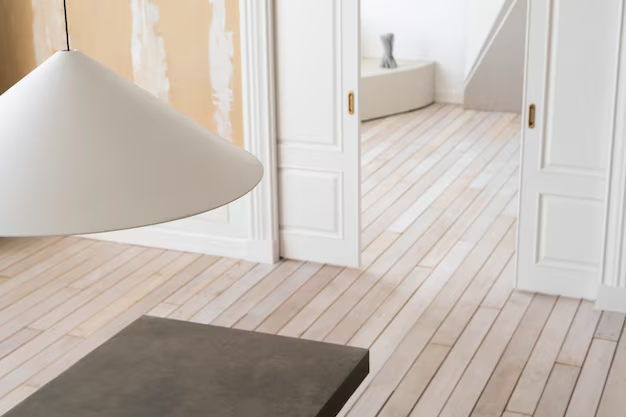
Choosing floor-to-wall wood look tile goes beyond mere colors or design preferences; it’s about getting the right balance between your budget, durability, and practicality. The following are tips for making a wise choice.
● Consider your budget
The first thing you need to do while choosing the right porcelain or ceramic wood look tiles is to find a balance between your budget and the quality of the materials. To do this, you have to set aside the idea of finding a low-budget or entry-level wood-look tile.
Instead, you should go for the premium tiles that offer long-term durability, embossed in register (EIR) surface texture, and visual authenticity with a rated 4 PEI (Porcelain Enamel Institute) rating.
● Balance usage with long-term value
Properly installed wood-like tiles can last you for many years. That’s a fact that’s never changing. But when choosing a wood like tile, ensure you select one that requires simple maintenance.
Also, you should ensure the chosen wood look tile has all the necessary features to withstand scratching, staining and denting that often occur in bedrooms, living rooms, and other parts of the house.
● Ensure you align your choice with the existing home design
Away from the material specification and durability of the tile, ensure that the wood-look tiles you choose align with your architectural design. Colors like beige, matte surface, and whitewashed finish are best for modern or minimalist homes, while wood grains like oak, chestnut with hand-scraped finish are the right choice for traditional homes.
Conclusion
At the end of the day, ceramic or porcelain wood-like tiles are here to stay and have advanced since their initial development in the 20th century. Your choice of designs and formats is in multitudes, considering wood-like tiles for your residential homes.
However, due diligence is important to navigate the process. This is where our team at George Group comes in to help you find a balance between practicability and modern aesthetics.

